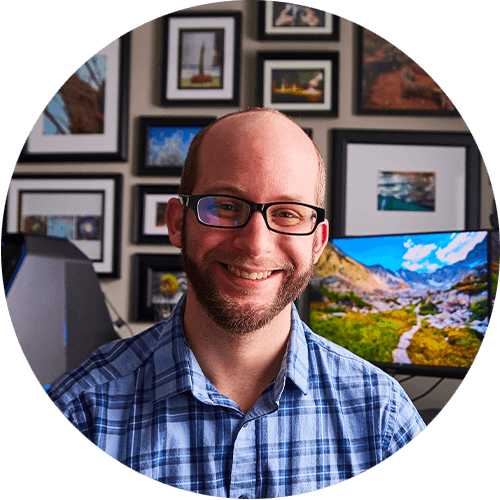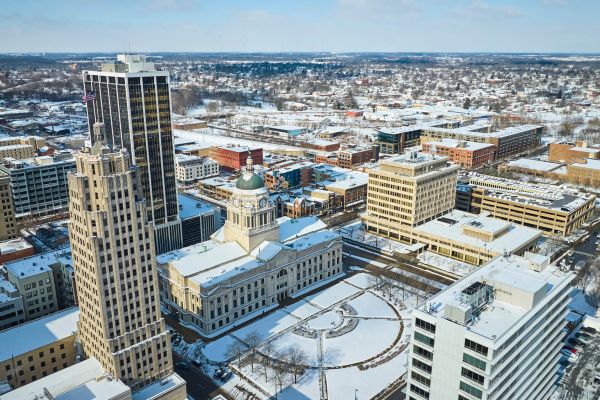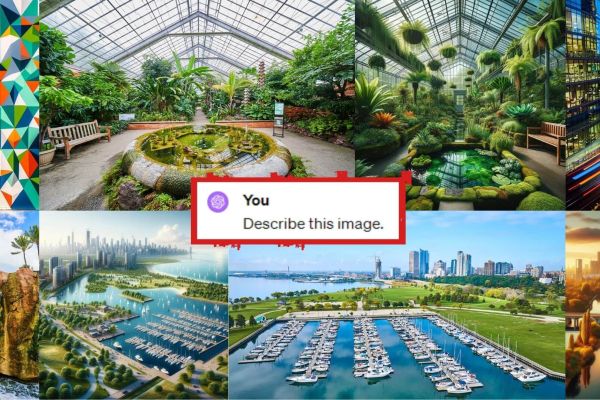Guide to astrophotography
From scouting locations to equipment tips
Wanting to capture the stars and beyond with my camera can be difficult in Indiana due to all the light pollution, however there are resources out there to find the best times. Below is a chart of Fort Wayne to show the weather conditions for astrophotography (check out Clear Dark Sky Fort Wayne for more information). The chart below basically shows different conditions at each hour of the day. The red lines mark midnight of a new day. The main factor of is cloud cover (if there are clouds out you can't very well see the stars now can you), however all the factors give you an overall picture of the conditions outside.
The general way to read the colors is that the more blue the color is, the better condition it is. For example with cloud cover, white indicates overcast whereas the darkest blue indicates a clear sky. The only exceptions of course are Humidity and Temperature which use different colors entirely. If you go to the website from the link about you can see a lot more information about how to read the chart and what the colors all mean.
The next step would be to find the best location in your area to avoid light pollution. For that I recommend the website Dark Sky Finder. Of course you will want to find the coolest color near you for best results (green or blue, yellow as a worst case scenario).
Here are a few Applications on your phone that can be very helpful as well:
- Aurora Alerts - For information on how active the Aurora lights are in your area (yes this is different from astrophotography but similarly requires clear sky conditions for best results).
- Star Walk - Shows all the constellations, planets, etc... as well as information on the moon phases and sunrise/sunset times.
- Triggertrap - A great APP for setting time lapse triggers on your professional DSLR
- Compass App - In case you are bad with directions like myself, if you find yourself out somewhere new and are using Star Walk, a compass App can be useful for orientating yourself (or I suppose just a real compass would do).
As for the best way to take your photographs when you get to your clear sky and light polluted free location, by no means am I an expert but here are some general tips:
- Tripod- You will want a very steady tripod, doesn't have to be an expensive one but realize you will be at shutter speeds of 20 seconds (or more) and any vibrations will cause blurs in your image. This is a good reason to also have a way to trigger your camera remotely, whether with a remote trigger or using the Application above (Trigger Trap).
- Camera - You will most likely want a DSLR for manual control and one that is great in low light
- Lens - A wide angle is ideal, as well as a low aperture (at least 2.8 although 4.0 would work)
- Focus - The hardest part can be getting the stars in focus. There are many resources online talking about different methods from trial and error (take a shot, adjust focus and try again), to pre-focusing in daytime and locking in your focus to using the infinite focus on your lens to more technical solutions.
- Settings - If possible shoot in RAW mode for the largest file to edit with. The general concept for your camera settings are of course to shoot in manual mode and to get as much light as possible. This means a low aperture, long shutter speed, and high ISO. We already discussed your lens and aperture. For ISO it really just depends on your camera, in that each camera can go to different ISO levels while avoiding graininess. Play around and do some research for your camera and find the highest you can safely go to avoid grain in your shot. For shutter speed, the formula to figure out the longest you can expose for to avoid star trails (which means you would see lines instead of dots due to the rotation of the earth) is called the 600 rule. Simply put, take 600 divided by the true focal length of the lens you are using. For example, if you are using a 24mm lens, 600/24=25, so you can do a 25 second exposure and avoid star trails, but no higher.
- Editing - Don't be disappointed with the results you see in-camera until you start editing in post production. I am a fan of using Lightroom for editing. Play around with your curves, levels, and enhancing the colors to pull out the stars and nebula even more.
And finally, here are some resources that give even more advise for Astrophotography:
- Tutorial: Learn The Art of Astrophotography
- How to Shoot the Night Sky (Introduction to Astrophotography)
- North America Kp Chart (Kp levels are used in determining the intensity of Aurora lights)
Recent Blogs
Four Seasons from Above in Downtown Fort Wayne, Indiana
Unlocking the Power of QR Codes

About the Author
Founder and visual artist, specializing in all aspects of a businesses presence from imagery and video to graphics and web. A graduate of IPFW with a Bachelor in Fine Arts, Concentration Photography as well as an Associates Degree in Business. His personal photography works are focused on landscape, travel, and aerial photography.








